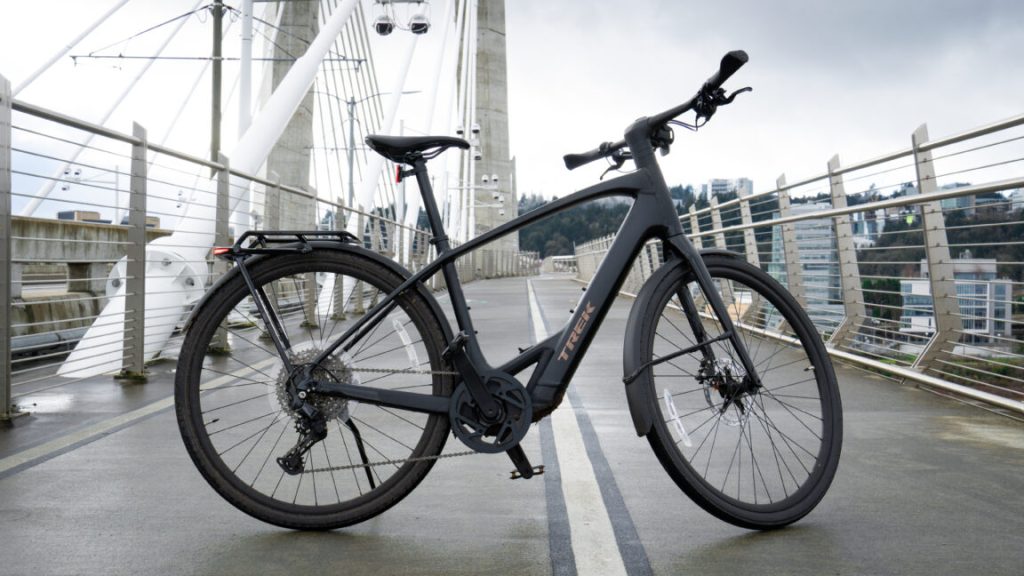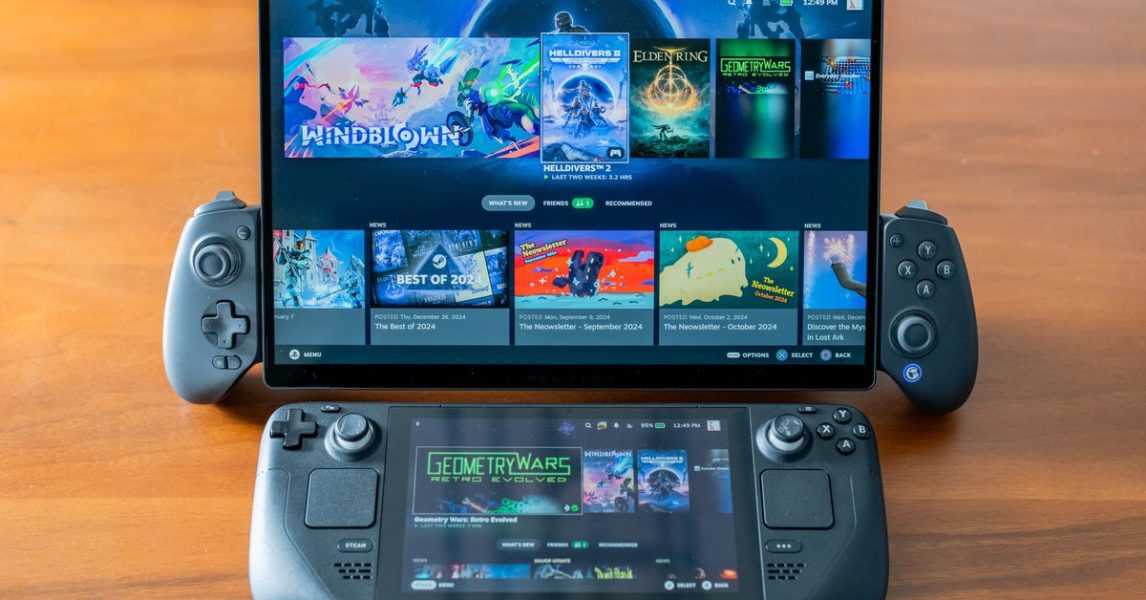Trek FX+ 7S e-bike is a premium city commuter – Ars Technica

The FX+ 7S improves just about everything from the FX+ 2, but doubles its price tag.
Post-pandemic, my creed became “Bicycles deliver the freedom that auto ads promise.” That belief is why I’ve almost exclusively used a bike to move myself around Portland, Oregon since (yes, I have become a Portlandia stereotype).However, that lifestyle is a lot more challenging without some pedal assistance. For a few summers, I showed up sweaty to appointments after pedaling on a $200 single-speed. So in 2024, I purchased the FX+ 2, based primarily on my managing editor’s review. It’s since been a workhorse for my daily transportation needs for the past year; I’ve put more than 1,000 miles on it in eight months.So given my experience with that bike, I was the natural choice to review Trek’s upgraded version, the FX+ 7S.First off, my time with the FX+ 2 has been great—no regrets about that purchase. But my one quibble is with the battery. Due to the frequency and length of my rides, I need to charge the bike more often than not, and I sometimes experience range anxiety riding to the opposite side of town. Even though both e-bikes are considered lightweight at 40 pounds, they’re still not the easiest things to pedal sans assist, and I’m reliant on their built-in lighting systems after dark.But I didn’t have to worry about my remaining charge with the FX+ 7 and its 360 Wh battery. Its extra capacity gives me much less range anxiety, as I can ride without fear of losing juice on the route home. And the LCD on the frame gives you a clear indicator of how much distance and time you have left in your ride, which is always handy. I would caution, however, about relying too much on your estimated distance remaining.During a 15-mile, hour-long ride while fluctuating between the first two assist levels I had modified, I drained 61 percent of the battery. While the estimated time remaining on my ride was consistent and accurate, the predicted mileage dropped occasionally, although that’s probably because I was changing the assist level frequently.There were also a couple of occasions where I was trying to drain the battery completely on a ride home, and after switching the assist level, the motor gave out at around 10–15 percent charge remaining, according to the LCD info (the lights, however, stayed on). It wasn’t a terrible inconvenience since I was close to home, but it’s not ideal for anyone hoping to ride consistently with some level of assist.(Trek offers a 160 Wh range extender for $550. I doubt you’ll need it, considering the range on the bike—which can be around 60 miles on an unmodified eco setting—but it’s available if you want the extra juice.)The TQ-HPR50 motor is also a big improvement over my bike’s Hyena Gen 2 (50 Nm versus 40 Nm of torque). The timing for the FX+ 2 pedal assist was unadjustable and always a bit slow to kick in, but after tweaking the settings through the Trek Central App, the extra power on the FX+ 7S was evident in all aspects of my ride.I no longer experienced a lengthy lurch as I began pedaling from a full stop, and using a Level 3 assist made any uphill climb a breeze. The bike is also remarkably quiet; on one occasion, I was riding alongside a friend who was riding a different manufacturer’s e-bike, and the noise coming from his ride was noticeable; mine wasn’t. It’s also a Class 3 e-bike, which means it can offer pedal-assisted speeds of up to 28 mph (45 kph), but it doesn’t provide any throttle.Trek markets this bike as the ultimate city commuter, and can I see why. I’ve ridden it for several weeks during a dreary Pacific Northwest winter, where the roads are constantly slick and full of debris. Did any of that affect the bike’s performance? Not that I can tell. Despite the gunky roads (and panniers filled with groceries), the aluminum-frame bike performed great, and the hydraulic disc brakes provided plenty of stopping power in wet conditions. The Shimano CUES U6000 drivetrain with a 10-speed shifter never experienced a hiccup.Even riding through the foliage muck and with extra cargo weight, I experienced smoother pedaling and was less impacted by all the bumps and debris in the road, making it even more comfortable to ride than the already-pleasant FX+ 2. The only rough spot I experienced was getting a punctured tube due to a shard of glass in the road, but that’s not the tire’s fault (and it’s typical of Portland).Trek also added other upgraded commuter considerations:The price of the FX+ 2 ($2,500 at the time; it’s now being sold at $1,850) was a downside we noted in our review, and it’s the main gripe I have with the FX+ 7S, which sells for $4,000. While it’s a better bike by every measure, is the advanced model worth more than twice the price? Your budget and feature wish list for a commuter bike will have to answer that question.If price isn’t a concern and you’re looking for a bike that is built to last longer, opt for the FX+ 7S. It’s better in every regard (except it looks more like an e-bike than its predecessor due to the LCD screen; I did appreciate how often people were surprised to hear the FX+ 2 was electric). If you’re mostly concerned about the range and are unwilling to spend $4,000, opt for the FX+ 2 and get the range extender.In either case, you’re getting a quality bike that will perform well and give you the freedom to ditch the car for many of your daily commutes.Ars Technica has been separating the signal from
the noise for over 25 years. With our unique combination of
technical savvy and wide-ranging interest in the technological arts
and sciences, Ars is the trusted source in a sea of information. After
all, you don’t need to know everything, only what’s important.



